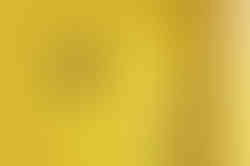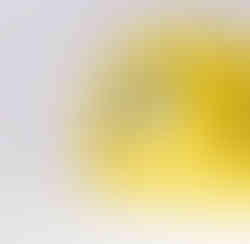Dicksonia antarctica - Plant Details and Growing Tips
Known as the Soft Tree Fern or Tasmanian Tree Fern, Dicksonia antarctica is an evergreen terrestrial fern native to the cool, moist mountain forests of southeastern Australia and Tasmania. Its dramatic appearance, paired with easy maintenance, makes it a standout choice for both beginner and experienced plant lovers looking to add a lush, forest-like aesthetic to their space.
Why Choose Dicksonia antarctica?
- Architectural Trunk: A nearly black, woody trunk covered in fibrous roots, providing structural appeal.
- Graceful Fronds: Tripinnate fronds up to 25 cm long, arching to form a soft, green canopy.
- Compact Indoor Growth: While it can reach 9 m in the wild, it stays manageable in home environments.
- Low-Maintenance and Resilient: Thrives in shade with consistent moisture and minimal fuss.
- Pet-Safe: Non-toxic, making it a great choice for homes with animals.
Dicksonia antarctica - Natural Habitat and Growth Information
- Native Habitat: Found in the cool, humid rainforests of southeastern Australia and Tasmania.
- Growth Rate: Slow-growing but develops a striking, textured trunk over time.
- Indoor Size: Typically reaches 1.5-2 m indoors, maintaining a compact form.
- Outdoor Growth: In ideal climates, can grow significantly taller over decades.
How to Care for Dicksonia antarctica
→ Light Requirements
- Prefers bright, indirect light or full shade.
- Avoid placing in direct sun, as it can scorch the delicate fronds.
→ Watering
- Keep the soil consistently moist, but ensure good drainage.
- Water directly onto the trunk as well as the soil to support hydration.
- Reduce watering slightly in cooler months.
→ Soil and Pot Choice
- Thrives in a well-draining, humus-rich soil mix.
- Avoid overly compact soils—adding perlite or bark improves aeration.
- Use a deep pot with good drainage to accommodate its root system.
→ Humidity and Temperature
- Prefers moderate to high humidity but adapts to household conditions.
- Ideal temperatures range from 10-24°C.
- Protect from frost—temperatures below 5°C can damage the fronds.
→ Fertilizing
- Feed with a diluted balanced liquid fertilizer every few months.
- Avoid over-fertilizing, as this plant is naturally slow-growing.
→ Pruning and Maintenance
- Remove old or damaged fronds at the base to promote healthy new growth.
- Do not cut into the trunk—this is the plant’s growing point.
Common Issues and Solutions for Dicksonia antarctica
→ Yellowing Leaves
- Often caused by overwatering or poor drainage.
- Ensure the pot has adequate drainage and adjust watering accordingly.
→ Browning Leaf Tips
- Can result from low humidity or inconsistent watering.
- Maintain regular moisture and avoid letting the soil dry out completely.
→ Root Rot
- Caused by excessive moisture retention.
- Allow the top layer of soil to dry slightly before watering again.
→ Pests
- Susceptible to spider mites, mealybugs, and whiteflies.
- If pests appear, treat with insecticidal soap , neem oil, or use beneficial insects.
Additional Considerations for Dicksonia antarctica
- Mimic Its Natural Environment: Place in a cool, shaded location with high humidity for best results.
- Trunk Hydration: Watering the trunk helps keep the plant hydrated, especially in dry conditions.
- Outdoor Placement: Can be grown outdoors in temperate climates but should be protected from extreme heat and frost.
Etymology and Botanical Background
- Genus Name (Dicksonia): Named after British botanist James Dickson (1738-1822), a significant contributor to botanical studies.
- Species Name (antarctica): Refers to its southern native range, though it is not found in Antarctica.
Frequently Asked Questions about Dicksonia antarctica
- How tall does Dicksonia antarctica grow indoors? Indoors, it typically reaches 1.5-2 m, much smaller than its wild counterparts.
- Can Dicksonia antarctica be grown outdoors? Yes, it thrives in mild, sheltered outdoor conditions with shade and consistent moisture.
- Is Dicksonia antarctica safe for pets? Yes, this fern is non-toxic to pets, making it a great addition to pet-friendly homes.
Order Your Dicksonia antarctica Today!
Bring the beauty of Dicksonia antarctica into your home with its striking black trunk and lush green fronds. Order now and transform your space with this unique, prehistoric fern.
Dicksonia antarctica
Dicksonia antarctica is approx 100 cm tall and comes in a ⌀ 24 cm pot.

























































